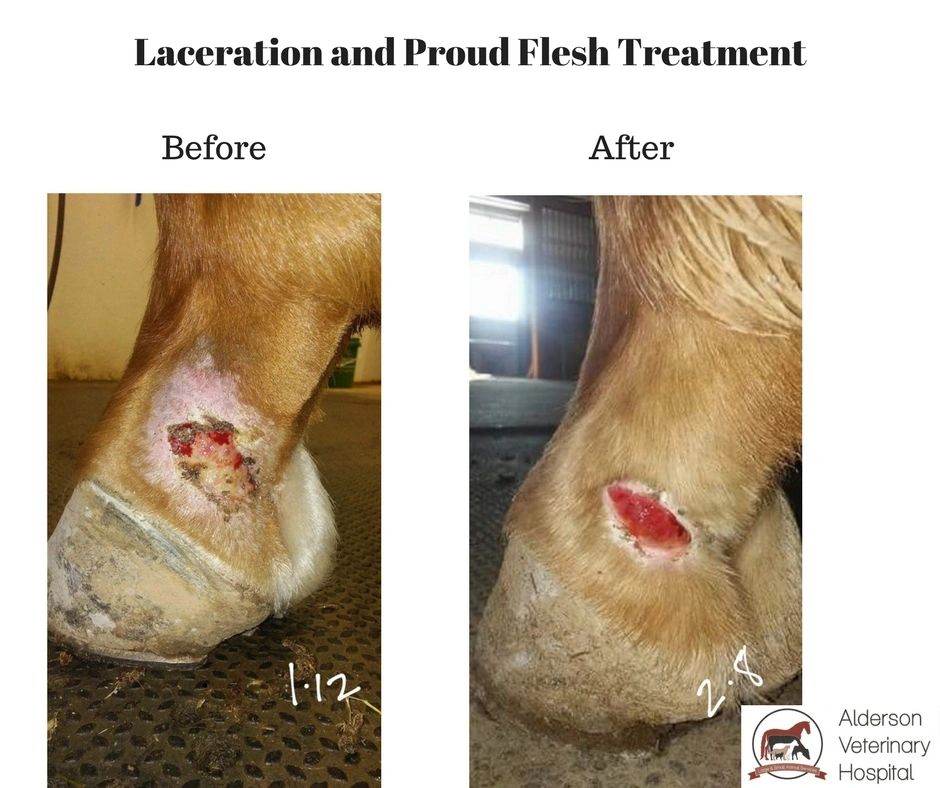Equine Therapy Programs: Changing Lives One Experience at once
Equine Therapy Programs: Changing Lives One Experience at once
Blog Article
Examining the Efficiency of Laser Treatment in Equine Treatment for Injury Rehab
The analysis of laser therapy's performance in equine injury rehab pivots on several elements, consisting of recuperation time, discomfort reduction, and cells regrowth. Veterinarians often observe remarkable end results with laser therapy compared to standard methods, placing it as an essential element in equine treatment.
Recognizing Laser Treatment
Laser therapy has actually become an essential tool in vet medicine, especially in the therapy of equine problems. Recognized for its non-invasive nature and efficacy, laser therapy includes the application of specific wavelengths of light to stimulate cells repair and lower inflammation. This restorative technique is progressively favored for its capability to increase the recovery procedure in equines enduring from a range of musculoskeletal injuries and persistent problems.
The primary device behind laser treatment is its capacity to boost mobile functions. When laser light permeates the skin, it is taken in by mitochondria, the powerhouse of cells, which brings about enhanced production of adenosine triphosphate (ATP) This biochemical power boost promotes mobile repair work and regrowth. In addition, laser therapy promotes vasodilation, improving blood flow and oxygen shipment to damaged cells, thus expediting healing.
In equine medication, laser treatment is specifically useful for problems such as tendonitis, osteo arthritis, and wound healing. The technique is lauded for its pain-relieving residential or commercial properties, permitting steeds to gain back movement and feature more swiftly. Vets additionally appreciate its minimal negative effects contrasted to various other treatment techniques, making it a trusted and safe alternative for equine treatment.

Just How Laser Treatment Works

Upon absorption, these photons activate a collection of biochemical modifications, enhancing mitochondrial feature and bring about boosted adenosine triphosphate (ATP) production. This rise in ATP increases mobile metabolic process, advertising tissue fixing and regeneration. In addition, laser treatment modulates inflammatory feedbacks by affecting cytokine degrees and decreasing oxidative stress and anxiety, therefore reducing discomfort and swelling.
An additional significant element of laser treatment is its duty in improving microcirculation. The treatment promotes vasodilation, enhancing blood circulation and oxygen distribution to damaged tissues (Equine Therapy). This helps with the elimination of mobile particles and sustains the proliferation of fibroblasts and collagen synthesis, crucial for wound recovery
Professional Evidence
The efficiency of laser treatment in equine therapy has been validated through various scientific studies, showcasing its healing potential throughout a variety of conditions. Several regulated tests and empirical researches have actually documented significant improvements in cells repair, pain reduction, and total rehabilitation timelines. A study Read Full Report conducted by Turner et al. (2012) showed that steeds treated with low-level laser treatment (LLLT) for tendon injuries exhibited sped up recovery compared to those obtaining traditional treatments. The research study highlighted a significant decrease in swelling and boosted collagen development.
Similarly, research study by Johnson and colleagues (2015) focused on equine muscle injuries, disclosing that laser therapy substantially expedited muscle mass fiber regrowth and decreased muscular tissue tightness. These searchings for were proven by histological analyses showing enhanced muscle cells company. Furthermore, medical analyses have actually revealed that laser treatment can reduce persistent problems such as osteo arthritis. A research study by Smith et al. (2018) reported that steeds with osteoarthritic joints experienced notable pain relief and boosted range of motion adhering to a routine of laser therapy sessions.
Veterinarian Insights

Veterinarians likewise value the flexibility of laser treatment. She points out that laser treatment can be tailored to the particular needs of each steed, ensuring optimal outcomes.
Additionally, veterinarians value the capacity to integrate laser treatment with various other therapy techniques. This multimodal technique can boost overall therapy efficacy, giving an extensive option for equine rehab. Such endorsements from seasoned experts emphasize the expanding approval and application of laser treatment in equine medication.
Practical Factors To Consider
An essential element of carrying out laser therapy in equine treatment involves recognizing the practical factors to consider that guarantee its efficiency and safety. It is important to pick the appropriate laser gadget, as various types differ in wavelength, power, and penetration deepness. Vets look at here need to be skilled in these parameters to customize treatment methods effectively to each injury type
In addition, the frequency and period of laser therapy sessions require careful planning to make the most of therapeutic advantages while decreasing his response any kind of potential negative impacts. Consistent monitoring of the equine's reaction to therapy can lead necessary changes in the therapy regimen. Developing a safe and controlled environment during treatments is also necessary to stop unintended direct exposure to laser exhausts, which might damage both the steed and the trainer.
Training and accreditation of employees carrying out laser treatment are extremely important to ensure appropriate technique and to promote safety and security criteria. Additionally, preserving precise documents of each session, including laser settings and observed results, is essential for evaluating the total effectiveness of the treatment and for making data-driven decisions.
Verdict
Laser treatment has emerged as an efficient modality in equine injury rehabilitation, supplying significant advantages in recuperation time, discomfort alleviation, and cells recovery. For ideal results, constant monitoring and customized treatment procedures remain important in leveraging the complete capacity of laser treatment in equine care.
Report this page